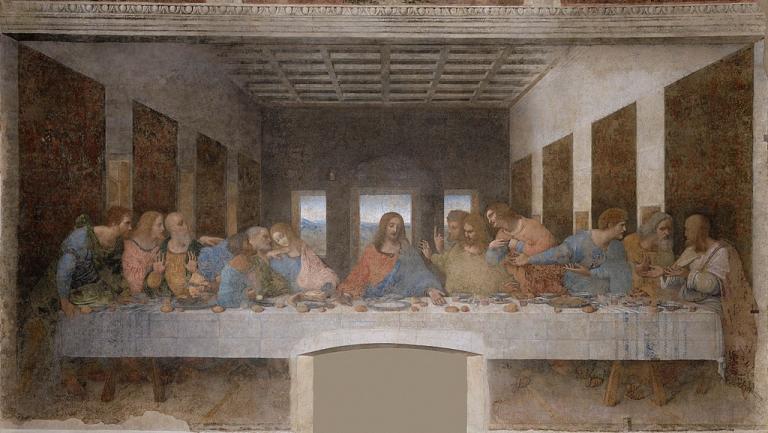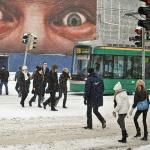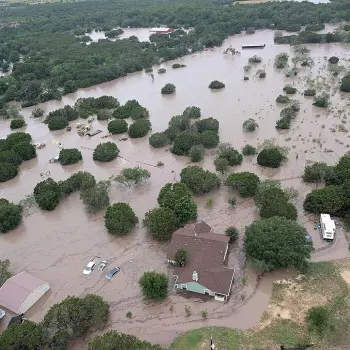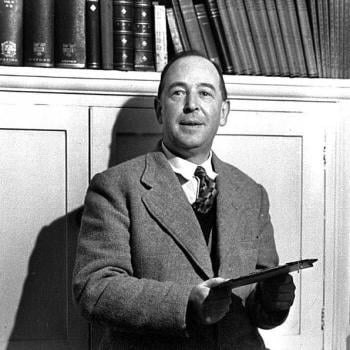
One of the most famous religious paintings is Leonardo da Vinci’s “The Last Supper” (1495-1498). I came across a fascinating article on the painting that attends to the details of how each figure is portrayed, showing the different reactions to Christ at the moment Jesus says, “one of you will betray me.” That moment, dramatically rendered, is then superimposed with the moment that Jesus institutes the Sacrament.
From Terrance Klein, How Leonardo Painted Us All into “The Last Supper”:
There are two things that everyone should know about the paintings of Leonardo da Vinci. They help you to appreciate both his genius and his masterpieces.
First, Leonardo did not paint in lines. He did not add color to line sketches. The Florentine master had realized that there are no lines in nature. The human mind imposes them, as it notices sensory changes. Nature does not present a border line between the window and the window sill. That is how our mind organizes our perceptions, which is fortunate because otherwise all that we could see would be a rather meaningless mush, much like the vision of a newborn infant or a lower animal.
If you look closely at a painting by Leonardo, you will see that its colors overlap. One gradually gives way to another, so that they again form a line in our mind. But on the canvas itself there is an intermingling. We call this technique sfumatura, after the Italian for “smoky.”
The other essential characteristic of Leonardo’s art is that he did not believe that there were lines in time either. One moment constantly bleeds into another. It is only later, in memory and narrative, that we distill them into discrete sequences.
Now you are ready to appreciate, in a new way, a picture we have all seen. It is the most reproduced work of Leonardo’s Christian art, perhaps of all Christian art: “The Last Supper.”
[Keep reading. . .]
Klein draws on Walter Isaacson’s acclaimed new biography, Leonardo da Vinci, to take us into the painting’s artistic and spiritual depths.
Painting: Leonardo da Vinci, “The Last Supper” (1495-1498; restored 1999) [Public domain], via Wikimedia Commons














